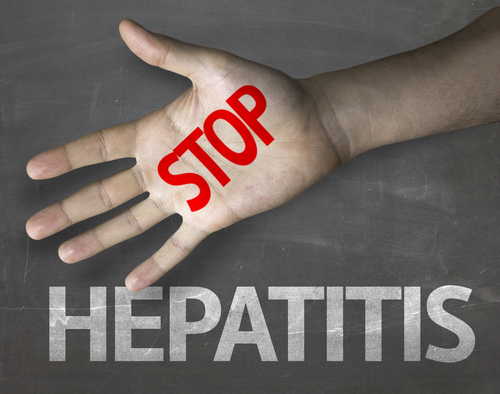With better strategies on prevention, screening, treatment, and creative financing for medications, the U.S. could eradicate hepatitis B and C as public health problems, preventing nearly 90,000 deaths by 2030, according to a report from the National Academies of Sciences, Engineering, and Medicine.
The report is titled “A National Strategy for the Elimination of Hepatitis B and C: Phase Two Report.”
“Viral hepatitis is simply not a sufficient priority in the United States,” Brian Strom, chair of the committee that carried out the study and chancellor and professor, Rutgers Biomedical and Sciences, Rutgers University in New Jersey, said in a news release.
“Despite being the seventh leading cause of death in the world — and killing more people every year than HIV, road traffic accidents, or diabetes — viral hepatitis accounts for less than 1 percent of the National Institutes of Health research budget,” Strom said.
Chronic hepatitis B affects approximately 1.3 million Americans, while around 2.7 million are living with chronic hepatitis C. Both infections increase the risk for liver cancer, which has seen an increase of 38 percent in the country between 2003 and 2012. The deaths caused by liver cancer increased 56 percent in the same period, primarily due to viral hepatitis. However, these deaths are preventable.
Fewer deaths from hepatitis
The hepatitis B vaccine can prevent infection, and advances in treatment can cure people of the disease. According to the new report, hepatitis B-related deaths could be cut in half by 2030, if 90 percent of the country’s patients with chronic hepatitis B are diagnosed and treated.
The experts estimated that in this way, over 60,000 deaths could be avoided, and the rates of cirrhosis and liver cancer from hepatitis B could be reduced by approximately 45 percent.
At the same time, treating all people with chronic hepatitis C would lessen new infections by 90 percent by 2030, and decrease deaths from hepatitis C by 65 percent over the same period. The panel of experts believes that such actions would prevent 28,800 hepatitis C deaths by 2030.
Prevention is important
To eliminate hepatitis B and C as public health problems, prevention is key. Therefore, experts recommend that states should:
- Expand access to the adult hepatitis B vaccine, eliminating obstacles for free immunization in pharmacies and other accessible settings;
- Expand syringe exchange programs for people who inject drugs;
- Offer unrestricted treatment for everyone with hepatitis C.
Currently there is no vaccine for hepatitis C, so prevention should be done by limiting exposure to the virus. People who inject drugs account for 75 percent of the approximately 30,500 new cases of hepatitis C annually in the U.S. Reach these people is necessary to end transmission of the disease. The committee suggests strategies combining both safer injection and treatment for the underlying addiction.
The U.S. Food and Drug Administration (FDA) has approved a few new antiviral medicines to treat hepatitis C in the last two years. These therapies can completely clear the virus from a patient’s body in as little as eight weeks with a single daily pill. However, these treatments are expensive.
Licensing agreement
In the new report, the experts recommended a voluntary licensing agreement between the federal government and a patent-holding pharmaceutical company as a way to make the drug more affordable for Medicaid beneficiaries and other underserved patient populations.
A licensing deal could cost taxpayers an estimated $2 billion, and the medications would then be used to treat about 700,000 neglected patients. But in comparison, under the status quo, it would cost about $10 billion over the next 12 years to treat only 240,000 of the same group of patients.
While unlimited access to hepatitis C treatment is necessary to eliminate the disease as a public health problem by 2030, there will be no direct-acting agents off patent before 2029. Delaying mass treatment until generic medicines are available would result in tens of thousands of deaths and billions of dollars in wasted medical costs.
People at risk for hepatitis B and C are often difficult to reach and are not always engaged in care services. To address this challenge, the committee recommended the U.S. Department of Health and Human Services should work with states to create a comprehensive system of care and support.
Experts also noted that the American Association for the Study of Liver Diseases and the Infectious Diseases Society of America should partner with primary care providers to develop the capacity to treat hepatitis B and C within primary care settings.

